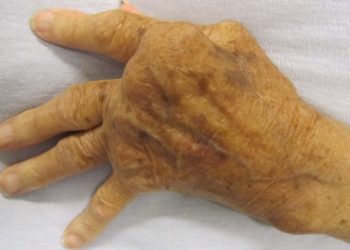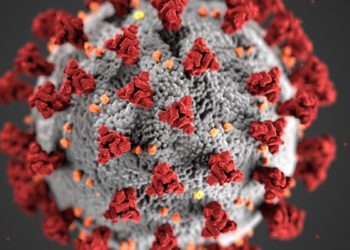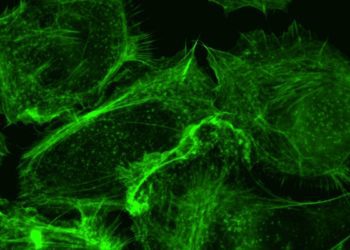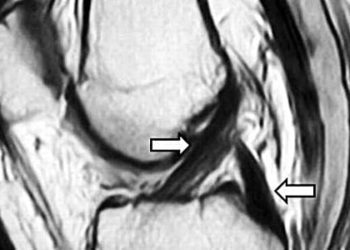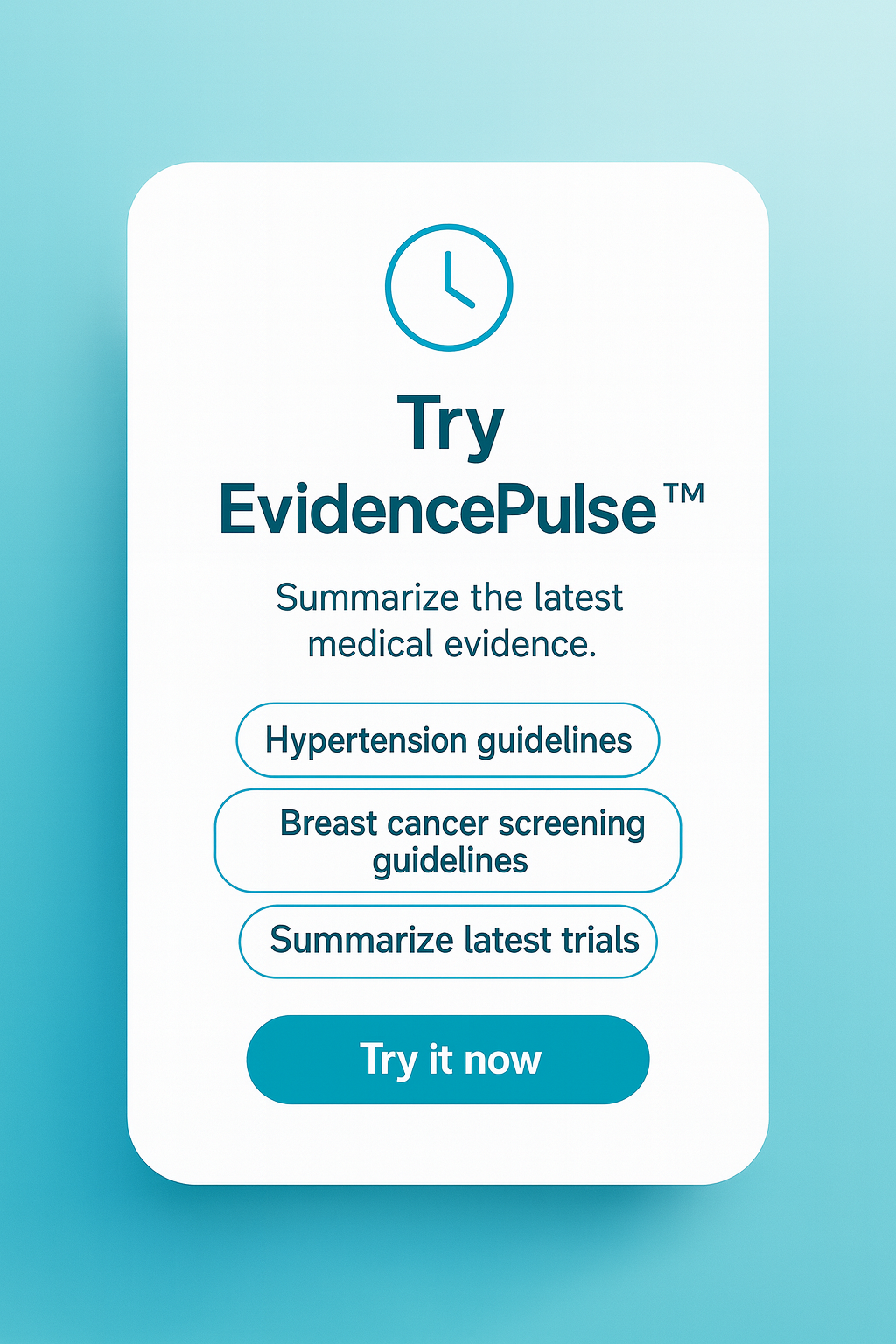Post-operative pain scores may be a predictor of 30-day infectious and non-infectious post-operative complications
1. Higher Post-operative Day 1 (POD1) pain scores were independently associated with increased 30-day infectious and non-infectious complications.
2. Infectious complications developed later (mean 6.5 days) than non-infectious complications (4.1 days).
Evidence Rating Level: 2 (Good)
Early postoperative pain is a significant concern following major abdominal surgery, with growing evidence linking its intensity to increased 30-day complication risks. This retrospective cohort study analyzed 1,000 patients undergoing cytoreductive surgery with hyperthermic intraperitoneal chemotherapy (HIPEC), esophageal, liver, or pancreatic surgery at Radboud University Medical Center (2014–2020). Pain scores on postoperative day 1 (POD1) were assessed using the Numeric Rating Scale (NRS), and complications were classified by Clavien-Dindo (CD) criteria. Results revealed 790 complications in 572 patients (36.7% infectious, 63.4% non-infectious), with infectious complications occurring later (mean 6.5 vs. 4.1 days, *p*<0.001). Logistic regression demonstrated that higher POD1 pain scores significantly predicted total complications (OR=1.132), CD severity (OR=1.131), infectious (OR=1.126), and non-infectious complications (OR=1.079). Covariates like age, ASA class, open surgery, and longer duration also contributed. The study highlights the role of early pain in impairing recovery (e.g., reduced mobility, immunosuppression) and underscores the need for optimized perioperative analgesia to mitigate complications.
Click to read the study in RAPM
Image: PD
©2025 2 Minute Medicine, Inc. All rights reserved. No works may be reproduced without expressed written consent from 2 Minute Medicine, Inc. Inquire about licensing here. No article should be construed as medical advice and is not intended as such by the authors or by 2 Minute Medicine, Inc.

